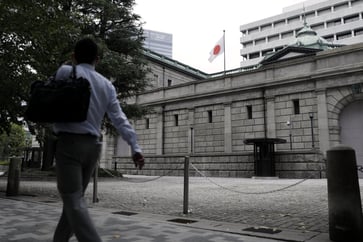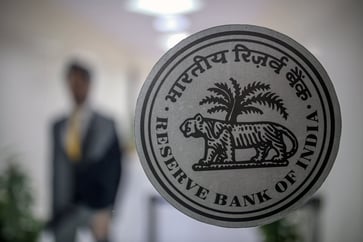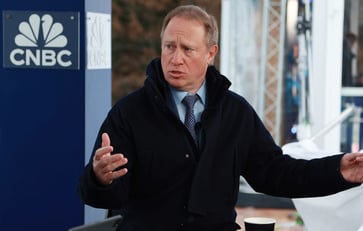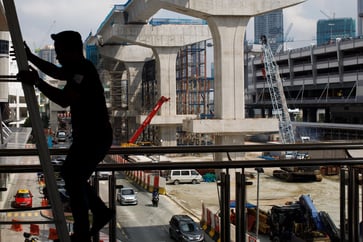Real wages in Japan decline for 23 consecutive months, dampening the Bank of Japan's expectations for a 'virtuous cycle.'

- Despite the Bank of Japan's "virtuous cycle" of rising wages and prices, Japan's real wages for February have decreased for 23 consecutive months.
- In 33 years, Japan's unions achieved the highest wage increases.
- Only a small percentage of Japan's workers benefit from pay hikes, as only 16.3% of workers are unionized in the country.
Consumer spending power in Japan is being negatively impacted by the 23rd consecutive decline in real wages, indicating that high inflation is still a problem in the country.
Real wages decreased by 1.3% in February compared to the same month last year, increasing from the previously revised 1.1% decline in January. The government made a special payment.
Despite a 1.8% increase in wages on a nominal basis, the base pay component rose by 2.2%. However, special payments, including bonuses, decreased by 5.5% year-on-year.
Although Japan's unions secured the highest wage increases in 33 years, only a small percentage of the country's workers benefit from these pay hikes since only 16.3% of workers are unionized and most unionized workers are employed in large companies.
Small and medium enterprises workers may face stagnant wages and higher prices, limiting any "virtuous cycle" between wages and prices.
Since April 2022, inflation has exceeded the Bank of Japan's 2% target every month. If real wages continue to decline, consumers may opt to save rather than spend, resulting in little demand and no impetus for prices to rise.
No return to NIRP and YCC
According to Hirofumi Suzuki, chief FX strategist at Sumitomo Mitsui Banking Corporation and head of its research group, pay increases for union workers could have a positive impact and broaden, as this year's "wage hikes have also been relatively strong, and appear to be in line with the Bank of Japan's virtuous cycle."
According to Suzuki, the Japanese Trade Union Confederation (Rengo) estimates that small and medium-sized enterprises (SMEs) experienced a 3.2% nominal wage growth, which is close to the 3.7% growth rate for large enterprises.
The Bank of Japan's regional economic assessments for April showed that the employment and income situation in eight out of Japan's nine regions has been improving moderately.
Suzuki stated that the BOJ is unlikely to reintroduce its negative interest rate or yield curve control policies, even if real wages do not increase, due to the differences in the current inflation environment compared to the past.
In the future, Suzuki advised that investors should closely monitor inflation, wage, and consumption data, particularly in June and July.
Major announcements, such as wage hikes, are typically made by Japanese companies during their financial year, which begins in April.
The Bank of Japan takes into account the monthly wage report when formulating monetary policy to determine if the increases in wages lead to higher real wages and increased consumption.
The BOJ ended its negative interest rate policy and abolished its yield curve control policy, stating that recent data and anecdotal information have gradually shown that the virtuous cycle between wages and prices has become more solid.
The BOJ predicted that it would achieve its "price stability target" of 2% in a sustainable and stable manner by the end of 2024.
The Bank of Japan is predicted to delay any additional changes to its monetary policy until autumn, according to Suzuki. SMBC predicts that the next rate hike will occur in October.
Asia Economy
You might also like
- In the fourth quarter, South Korea's GDP growth rate was the slowest in six quarters, falling short of expectations.
- According to a CNBC survey, it is predicted that the Bank of Japan will increase interest rates this week.
- China's GDP in the fourth quarter increases by 5.4%, exceeding market predictions due to the implementation of stimulus measures.
- The Bank of Korea announces that it has decided to maintain its interest rates at 3% in a surprising decision.
- In December, China's imports experienced unexpected growth, while exports exceeded expectations as well.



















